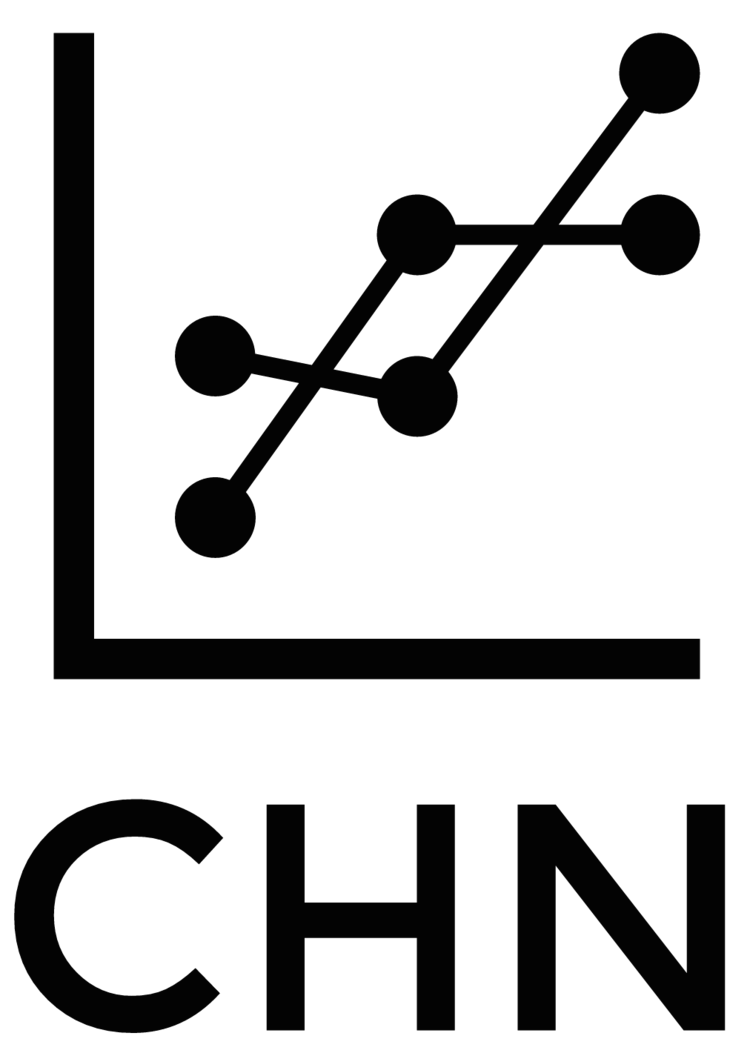By Preston Lann, Georgetown University.
The Paleoclimate-Dendroclimatology Workshop for Pre-Modernists was presented at Princeton University on September 15-17, 2015. It was arranged by Princeton University Department of History staff Dr. John F. Haldon, Dr. Tim Newfield, and Lee Mordechai. The workshop was instructed by Dr. Jürg Luterbacher and Dr. Ulf Büntgen. Dr. Jürg Luterbacher is a geographer from the Department of Geography / Climatology, Climate Dynamics and Climate Change at the University of Giessen in Giessen, Germany. Dr. Ulf Büntgen is a dendroclimatologist and head of the Dendroecology Group at the Swiss Federal Research Institute WSL in Zurich, Switzerland. There were approximately 20 participants from the fields of history and archeology, coming from the US, Canada, Poland, and Guyana.
The first day was instructed by Dr. Jürg Luterbacher and consisted of climate in the Eastern Mediterranean/Middle East from instrumental data; trends, variability, extremes and processes. It also included looking back in time before the instrumental period, and an introduction to paleoclimatology in regards to how information from natural archives and from written sources can be used and integrated to better understand local climate and environmental changes.
The second day was instructed by Dr. Ulf Büntgen and consisted of dendroecological fieldwork with an emphasis on tree-ring site selection and sampling strategy at the Princeton University campus. This was followed by an introduction into dendroclimatological techniques, including tree-ring detrending and chronology development, as well as dendroclimatological applications with foci on practical exercises using ARSTAN (detrending and chronology development) and the KNMI climate explorer (growth-climate response analyses) to assess proxy characteristics with simple statistics and visualize paleoclimatic information.
The third day was a join session instructed by both Dr. Luterbacher and Dr. Büntgen and consisted of dendroecological cross-disciplinary examples of modern tree-ring research that went from local proxy information to large scale climate and environmental reconstructions; statistical approaches, assumptions and uncertainties; a climate history of the Eastern Mediterranean/Middle East for the past 2000 years. It concluded with a summary discussion and personal assistance to open issues in paleoclimatology in the Eastern Mediterranean and Middle East.

